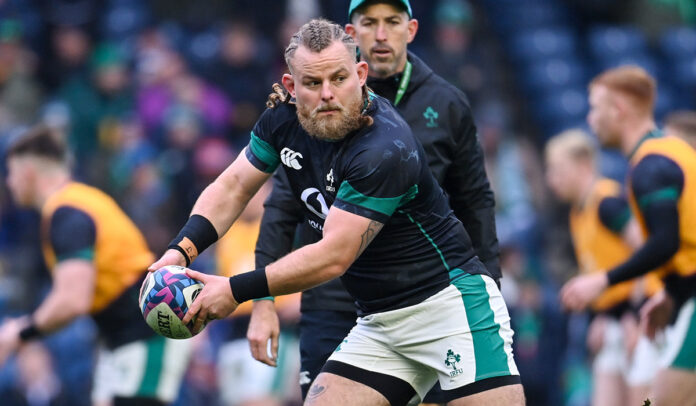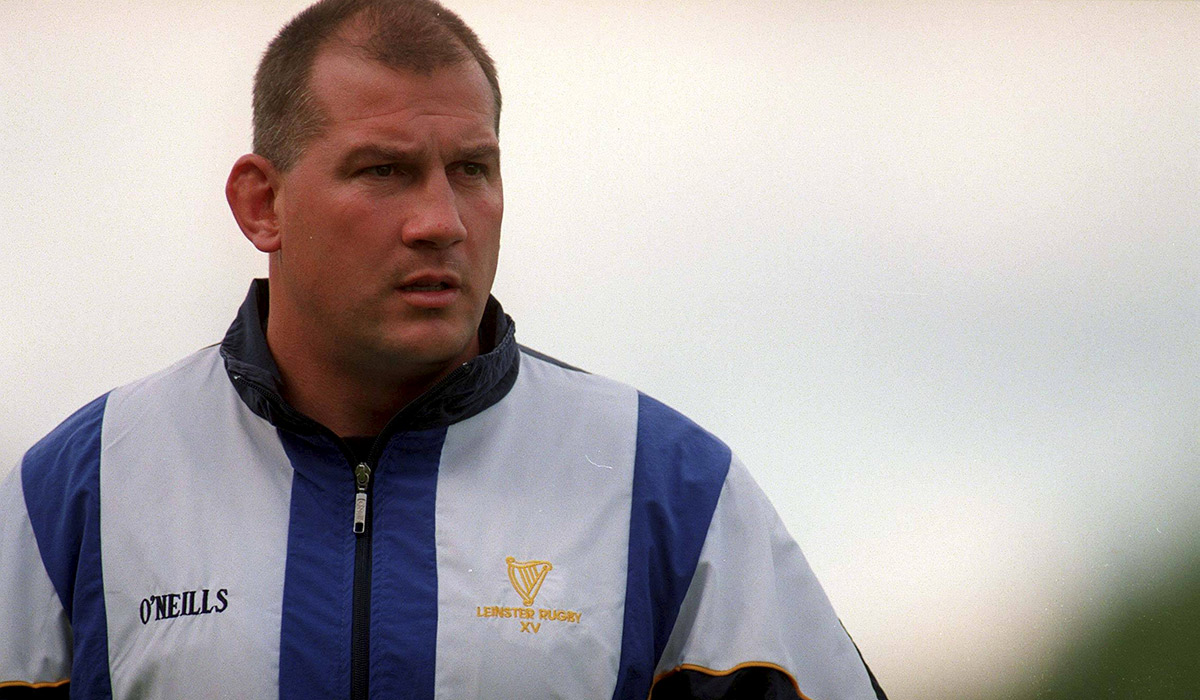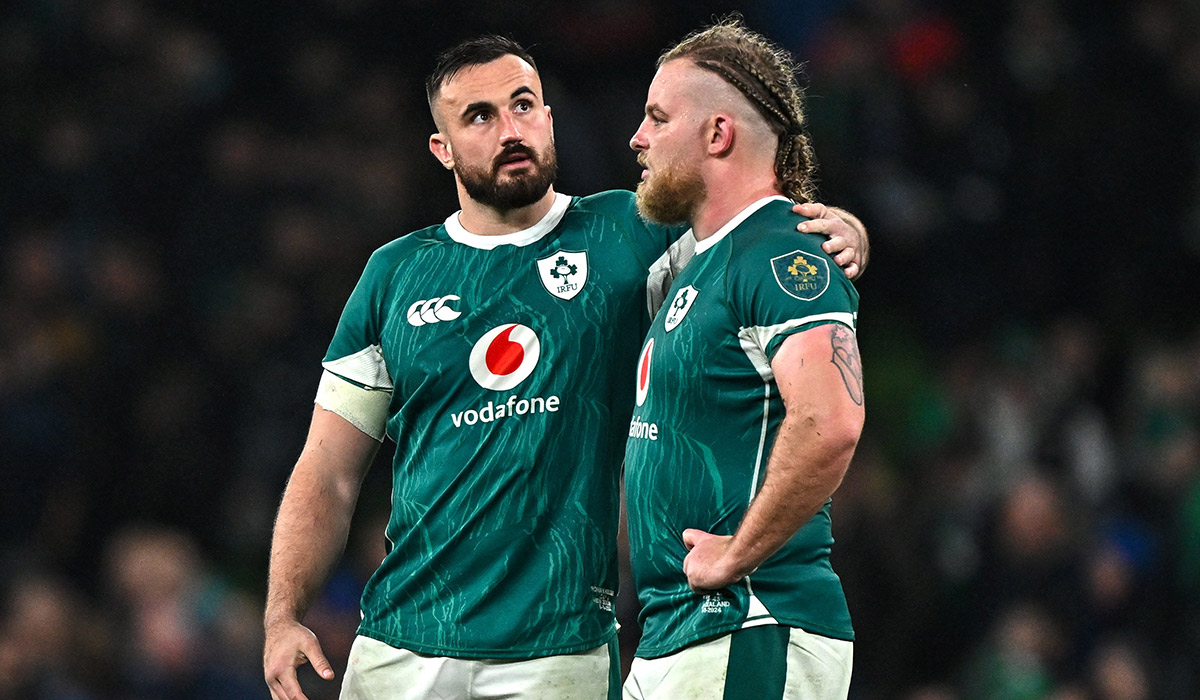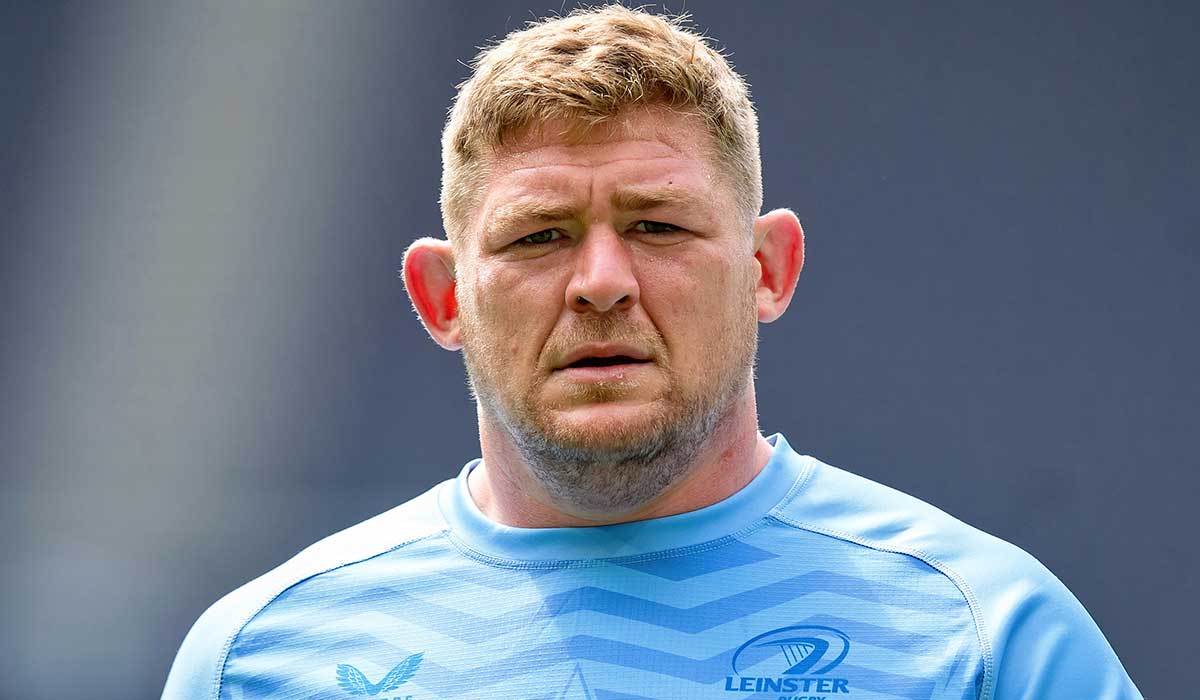
[ad_1]
Ophir are advertising for a new head coach.
The Belfast club want someone to take charge of their first and second teams. They are based in Newtownabbey and moved to Jordanstown’s facilities in recent years.
They are exactly the sort of club that services the grassroots of a sport, rarely heralded and a world away from the elite end of the game but giving an outlet for the rugby passion of young and old, men and women.
Finlay Bealham pitched up in Ireland back in 2010 at the age of 19. Pic: INPHO/Laszlo Geczo
For an aspiring pro, though, pitching up at Ophir is a sign that the plan to reach the top needs some work.
The rise of Finlay Bealham
That was where Finlay Bealham was around 2010. He was 19, an Australian desperately clinging on to his hopes of a professional rugby career in the recesses of Irish rugby.
Bealham had been let go by the Brumbies a year earlier. They told him he was too small, but he took a chance on a move to Ireland; his maternal grandmother was from Enniskillen.
His father sent clips of the teenager to the IRFU high performance unit as well as to Mike Ruddock, the Ireland U20 manager at the time.
But a planned trial match with Ulster A was cancelled, and if he was to make an impression on Ruddock he needed matches, so space was found for Bealham to play with the Belfast Harlequins second team.
That was where his tour of the lesser-known rugby hotbeds on the island began.
 Clips of Finlay Bealham were sent to then-Ireland U20s boss Mike Ruddock. Pic: Matt Browne/Sportsfile
Clips of Finlay Bealham were sent to then-Ireland U20s boss Mike Ruddock. Pic: Matt Browne/Sportsfile
‘I had it pretty tough when I came over for the first six months, being based up in Ulster,’ he recalls now.
‘They (Ulster) were like, “Look, you just need to get some rugby before the Irish 20s kick off” and Belfast Harlequins seconds were playing Ophir away. It’s a very long time ago now but I’m sure there were plenty of random spots that I went to.
‘It was all a bit of a whirlwind at that stage, I was a young lad and trying to find my feet, trying to be a professional rugby player, just figuring it all out.’
‘A whirdlwind’
The bumps weren’t done with him. He was let go by the Ulster academy and was resigning himself to the end of a lifelong dream. He has spoken about how desperately he wanted to make it in the game, and salvation came through the U20s. He played in the 2011 Six Nations and at the World Championships that year, alongside Tadhg Furlong and Iain Henderson. Then, at the start of the next season, Ulster cut him, but Allan Clarke in the IRFU told him that Connacht were interested.
Fourteen seasons and 213 provincial appearances later, he is adored in the west and Galway is home; he married to Sarah, a Galway native, and they have a son, Joaquin.
They will be part of the family gathered in Aviva Stadium on Saturday to see Bealham win his 50th Test cap (skipper Caelan Doris and Jack Conan will hit that mark, too).
 Ireland players Rónan Kelleher, left, and Finlay Bealham after their side’s defeat in the Autumn Nations Series match between Ireland and New Zealand at the Aviva Stadium in Dublin. Pic: Sam Barnes/Sportsfile
Ireland players Rónan Kelleher, left, and Finlay Bealham after their side’s defeat in the Autumn Nations Series match between Ireland and New Zealand at the Aviva Stadium in Dublin. Pic: Sam Barnes/Sportsfile
His parents have travelled from Canberra and on a day already groaning under the weight of significant events, his will be an understated but important milestone.
The Grand Slam decider will command most attention, followed by the Dublin farewell to Peter O’Mahony, Cian Healy and Conor Murray, but Bealham’s arrival as a top-class tighthead has been vital to the Andy Farrell project – and it didn’t happen today or yesterday.
Thirty-four of his 49 Ireland caps so far have come as a substitute – but notably, 11 of his 15 starts have come in the past two and a half seasons.
Rise to prominence
That may be the result of Tadhg Furlong’s complex injury history, but it’s also testament to how well Bealham has played, given Ireland’s success in that time.
He started the first three matches of the Grand Slam campaign in 2023, before injury hobbled him, but he’s long been acknowledged within the camp as a serious operator.
The rest of the rugby world is getting to see that on a sustained basis now.
 Finlay Bealham has benefitted from Tadhg Furlong’s ongoing injury woes. Pic: Patrick Khachfe/Getty Images
Finlay Bealham has benefitted from Tadhg Furlong’s ongoing injury woes. Pic: Patrick Khachfe/Getty Images
‘If I had put my finger on it, probably around 2022, towards the back-end of the Six Nations,’ he says, pinpointing the period he believes his career began to turn. ‘I played England (scoring a try in a Twickenham win) and I had my parents there.
‘When we went to New Zealand and won that series, and to be a part of those games,’ he says, pausing, ‘I don’t know if I’ve ever felt 100 per cent comfortable, if that’s the word, but I felt from that moment on like a real part of the group.
‘I knew what was expected of me, what I expect of myself and how I fit into what we’re trying to do.’
This spring, he has become a foundation stone of another Grand Slam drive, softening the loss of Furlong to the point that it was Bealham’s absence that made Ireland suffer in Cardiff, before his introduction helped stabilise the challenge.
His has been a long, rich career, built on the unlikeliest foundations.
[ad_2]
Copyright for syndicated content belongs to the linked Source link

